Common Core State Standards for Grades 23
Language Arts Instructional
Strategies and Activities
Michelle Manville
ROWMAN & LITTLEFIELD EDUCATION
A division of
ROWMAN & LITTLEFIELD
Lanham Boulder New York Toronto Plymouth, UK
Published by Rowman & Littlefield Education
A division of Rowman & Littlefield
4501 Forbes Boulevard, Suite 200, Lanham, Maryland 20706
www.rowman.com
10 Thornbury Road, Plymouth PL6 7PP, United Kingdom
Copyright 2013 by Michelle Manville
All rights reserved. No part of this book may be reproduced in any form or by any electronic or mechanical means, including information storage and retrieval systems, without written permission from the publisher, except by a reviewer who may quote passages in a review.
British Library Cataloguing in Publication Information Available
Library of Congress Cataloging-in-Publication Data
Manville, Michelle, 1953
Common core state standards for grades 23 : language arts instructional strategies and activities / Michelle Manville.
pages cm
Includes bibliographical references.
ISBN 978-1-4758-0665-6 (pbk. : alk. paper)ISBN 978-1-4758-0666-3 (electronic)
1. Language artsStandardsUnited States. 2. Education, PrimaryActivity programsUnited States 3. Early childhood educationActivity programsUnited States. I. Title.
LB1576.M37754 2013
372.6dc23
2013021052
 TM The paper used in this publication meets the minimum requirements of American National Standard for Information Sciences Permanence of Paper for Printed Library Materials, ANSI/NISO Z39.48-1992.
TM The paper used in this publication meets the minimum requirements of American National Standard for Information Sciences Permanence of Paper for Printed Library Materials, ANSI/NISO Z39.48-1992.
Printed in the United States of America
Introduction
The Common Core State Standards (CCSS) for English Language Arts and Literacy in History/Social Studies, Science, and Technical Subjects were developed to ensure that students are ready for the challenges of college and career literacy by the end of their high school years. The standards were developed around K12 grade-specific areas of reading literature and informational text, writing, speaking and listening, and language. These research- and evidence-based standards are rigorous and are aligned to the College and Career Readiness anchor standards, which establish what all students should know and be able to do upon entering postsecondary institutions.
At a time when schools across the nation are looking for ways to improve student achievement in most content areas, it seems reasonable to combine the standards and effective instructional strategies as you create activities to help with the implementation of the CCSS.
When you look at the CCSS, think of the standards as representative of what students need to know and be able to do and what you need to do as a teacher to help them be successful. Based on the identified CCSS and other skills, students need to know how to compare and contrast, summarize information and take notes, create visual representations of information, work together collaboratively, conduct research, and be able to ask and answer higher-order questions. Additionally, to help students achieve success, teachers need to provide ample opportunities to practice new skills and demonstrate and enhance knew learning.
A multitude of studies have been conducted over the past thirty years. From these studies, Education Northwest, formerly Northwest Regional Education Laboratory (2005), compiled a list of effective instructional strategies with descriptions, research findings, and implementation suggestions. When developing activities to address CCSS, keep in mind the strategies of identifying similarities and differences; summarizing and note taking; nonlinguistic representations; cooperative learning; generating and testing hypotheses; questions, cues, and advanced organizers; and homework and practice. As teachers, provide many opportunities for homework and practice as you implement the CCSS.
Theres no guarantee that activities based on any strategy will help in every instance, and it may be quite possible that some strategies are more effective in certain subject areas and grade levels and with students from different backgrounds and aptitudes. Whether or not you use a strategy will depend on your students previous knowledge and current abilities.
It is the intent of this book to give teachers a ready-made resource to use when planning lessons around the CCSS. In each section you will find grade-appropriate, ready-to-use activities aligned to specific Common Core State Standards in English Language Arts and Literacy in History/Social Studies, Science and Technical Subjects. All you need to supply is the content-rich text.
It is my hope that you will find this an essential component of your instructional materials as you plan your curriculum for the students of the twenty-first century.
Chapter 1
Instructional Strategies and Activities: An Overview
Many of the Common Core State Standards (CCSS) can be taught and reinforced using a variety of activities combined with CCSS and effective instructional strategies. According to Visual Teaching Alliance (www.visualteachingalliance.com), approximately 65 percent of the population are visual learners and 90 percent of the information that comes to the brain is visual. The VTA also states that the brain processes visual information 60,000 times faster than text and that visual aids in the classroom improve learning by up to 400 percent.
The use of graphic organizersvisualsenables students to better organize their thinking and gives a visual frame of reference for information. Students are able to see the connections between previous learning and new knowledge. Graphic organizers increase students abilities to use higher-order thinking skills, facilitate retention of information, are very brain-friendly, and appeal to the multiple intelligences of visualspatial, verballinguistic, logicalmathematical, and naturalist. The use of graphic organizers also helps those students who are English as a second language (ESL) learners or English language learners (ELLs) comprehend concepts more easily as there are fewer words to comprehend.
When you write lesson plans, think about the various graphic organizers you can use in activities: T-charts, Venn diagrams, matrices, concept maps, word webs, mind maps, graphs, chains, flowcharts, and lists. Several suggestions are given throughout this book, but you may find a different organizer to help you help your students link new information to old or organize thoughts. Not all organizers are age or grade appropriate, so choose carefully.
For those standards that are not appropriate for graphic organizers, you will find suggestions for a wide variety of structures that you can use in your classrooms. The ideas you find do not represent a definitive list, and you may adapt those suggestions to use in other instances.
The instructional strategies described on the next few pages have been identified as effective practices by various educational practitioners based on a multitude of research. Common Core State Standards Grades 23: Language Arts Instructional Strategies and Activities addresses the use of these strategies with respect to the K12 Common Core State Standards for English Language Arts and Literacy in History/Social Studies, Science, and Technical Subjects and provides a multitude of ready-to-use activities.
Similarities and Differences
When students identify similarities and differences, the process helps students deepen the understanding of what they are learning. According to Markman and Gentner (1996), identifying similarities and differences is a basic cognitive process. Students use the processes of comparing, classifying, creating metaphors, and creating analogies to describe how items, events, processes, or concepts are similar or different.

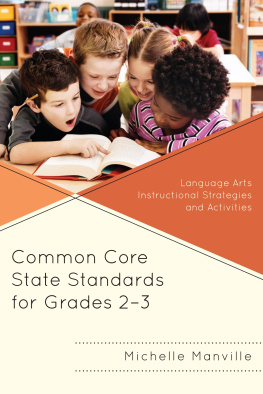
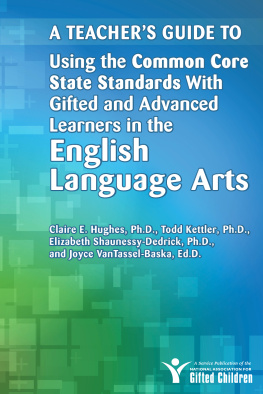
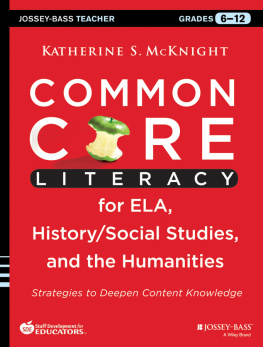

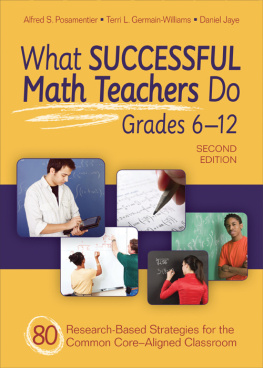

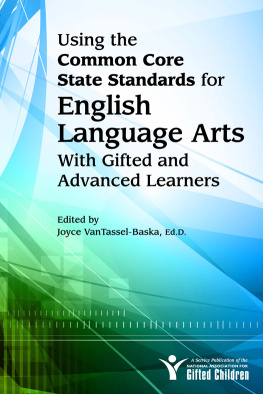
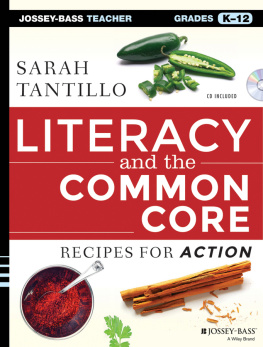
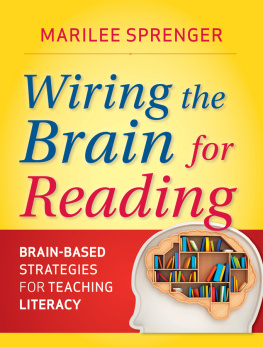
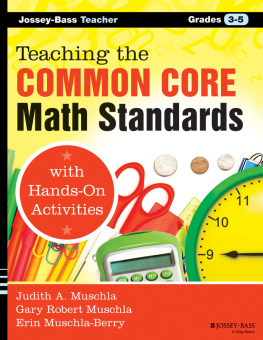
 TM The paper used in this publication meets the minimum requirements of American National Standard for Information Sciences Permanence of Paper for Printed Library Materials, ANSI/NISO Z39.48-1992.
TM The paper used in this publication meets the minimum requirements of American National Standard for Information Sciences Permanence of Paper for Printed Library Materials, ANSI/NISO Z39.48-1992.